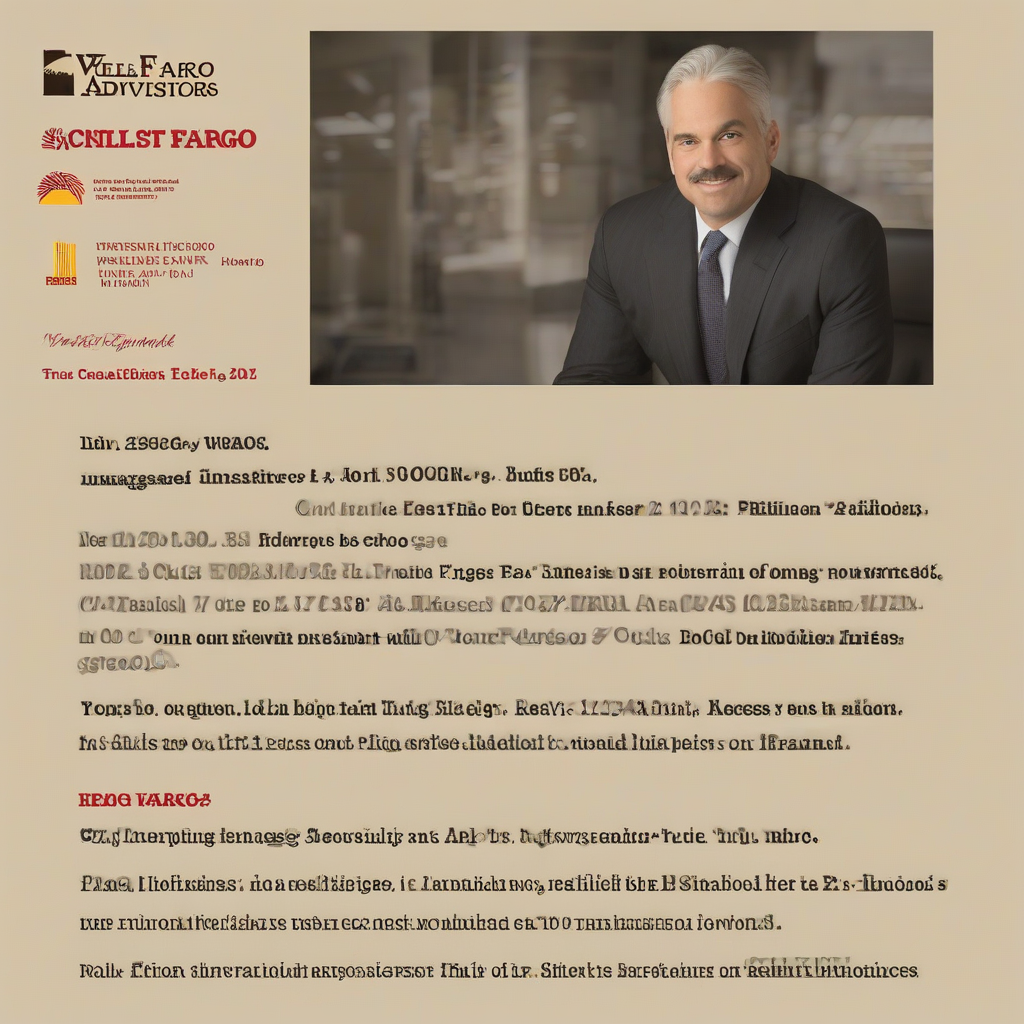Columbia University Investments: A Deep Dive into its Portfolio and Strategies

Columbia University Investments: A Deep Dive into its Portfolio and Strategies
Columbia University, a prestigious institution of higher learning, boasts a substantial endowment that fuels its academic pursuits and operational needs. This endowment, managed by Columbia Investment Management Company (CIMC), is a complex and diversified portfolio designed to generate long-term returns while ensuring the financial sustainability of the university.
This article delves into the intricacies of Columbia University's investments, exploring its portfolio composition, investment strategies, and performance. We will examine key aspects such as:
- Endowment Size and Growth: Analyzing the evolution of Columbia's endowment over time and its impact on the university's financial health.
- Asset Allocation: Breaking down the distribution of assets across various investment classes, including public equities, private equity, real estate, and more.
- Investment Strategies: Understanding CIMC's approach to portfolio management, including its emphasis on active management, long-term value creation, and risk mitigation.
- Performance Metrics: Evaluating the historical performance of Columbia's endowment, comparing it to benchmarks and highlighting significant trends.
- Transparency and Reporting: Examining the level of transparency provided by Columbia University regarding its investment activities and performance.
- Impact of Investments: Exploring how Columbia's investment decisions contribute to its mission of advancing knowledge and promoting social good.
Endowment Size and Growth
Columbia University's endowment has experienced significant growth over the years, reflecting the university's commitment to long-term financial stability and its ability to attract significant philanthropic contributions. As of June 30, 2023, the endowment stood at approximately $12.5 billion, a testament to its robust investment strategies and the generosity of its donors.
The growth of Columbia's endowment can be attributed to a combination of factors, including:
- Strong Investment Returns: CIMC's disciplined investment approach has consistently generated positive returns, contributing to the endowment's overall growth.
- Philanthropic Support: Generous donations from alumni, foundations, and individuals have played a pivotal role in expanding the endowment's resources.
- Strategic Investments: Columbia's investment strategies have emphasized both traditional and alternative asset classes, enabling the endowment to diversify its portfolio and capture growth opportunities across various sectors.
The endowment's growth has had a profound impact on Columbia University, allowing it to:
- Recruit and Retain Top Faculty: The endowment provides funding for faculty salaries, research grants, and other academic initiatives, enabling the university to attract and retain renowned scholars.
- Expand Academic Programs: The endowment supports the development of new academic programs, research centers, and facilities, enhancing the university's academic offerings.
- Enhance Student Financial Aid: The endowment helps fund scholarships and financial aid programs, making a Columbia education more accessible to a wider range of students.
- Promote Innovation and Research: The endowment provides resources for cutting-edge research projects, enabling breakthroughs in various fields of study.
Asset Allocation
Columbia University's investment portfolio is characterized by a diversified asset allocation strategy, designed to mitigate risk and maximize long-term returns. The endowment's assets are spread across a range of investment classes, each with its own risk and return profile.
A typical asset allocation for Columbia's endowment might include:
- Public Equities: A significant portion of the endowment is invested in publicly traded stocks, offering exposure to the growth of global economies.
- Private Equity: Columbia invests in private equity funds, targeting investments in non-publicly traded companies with high growth potential.
- Real Estate: The endowment holds real estate investments, both direct and indirect, benefiting from the stability and appreciation of real estate assets.
- Fixed Income: Investments in bonds and other fixed income securities provide a source of income and portfolio diversification.
- Hedge Funds: Columbia allocates a portion of its assets to hedge funds, seeking to generate absolute returns and reduce portfolio volatility.
- Natural Resources: The endowment may invest in commodities and other natural resource assets, providing exposure to global supply and demand dynamics.
- Venture Capital: Investments in venture capital funds support early-stage companies with high growth potential.
The specific asset allocation strategy may vary over time, depending on factors such as market conditions, economic outlook, and investment opportunities. CIMC regularly reviews and adjusts the asset allocation to ensure it aligns with the university's long-term financial goals and risk tolerance.
Investment Strategies
Columbia Investment Management Company (CIMC) employs a multi-pronged investment strategy that emphasizes active management, long-term value creation, and risk mitigation. CIMC seeks to generate strong returns while protecting the endowment's principal, ensuring the university's financial sustainability over the long term.
Key elements of CIMC's investment strategy include:
- Active Management: CIMC believes in actively managing its portfolio, making informed decisions based on fundamental research, market analysis, and a deep understanding of individual investments.
- Long-Term Value Creation: CIMC focuses on long-term value creation rather than short-term gains. The endowment's investments are designed to generate sustained growth over decades, supporting the university's long-term mission.
- Risk Mitigation: CIMC prioritizes risk mitigation through diversification, rigorous due diligence, and a disciplined approach to investment decisions.
- Strategic Asset Allocation: CIMC carefully allocates assets across various investment classes to optimize risk-adjusted returns and achieve a balance between growth and stability.
- Talent Acquisition and Development: CIMC invests in attracting and developing a team of experienced and talented investment professionals who are committed to achieving exceptional results.
CIMC also incorporates principles of responsible investing, considering the environmental, social, and governance (ESG) factors of potential investments. The company seeks to invest in companies that demonstrate strong ESG practices, aligning investment decisions with the university's values and commitment to sustainability.
Performance Metrics
Columbia University's endowment has consistently outperformed major market benchmarks over the long term, demonstrating the effectiveness of CIMC's investment strategies. The endowment's performance is tracked using various metrics, including:
- Total Return: This metric measures the overall return generated by the endowment over a specific period, accounting for both capital appreciation and income distributions.
- Annualized Return: This metric calculates the average annual return of the endowment over a specified timeframe.
- Risk-Adjusted Return: This metric assesses the return generated relative to the level of risk taken, providing a comprehensive view of investment performance.
- Benchmark Comparison: Columbia's endowment performance is frequently compared to relevant market benchmarks, such as the S&P 500 index or other institutional endowments.
Over the past decade, Columbia's endowment has consistently delivered strong returns, exceeding the performance of major market benchmarks. This consistent performance has contributed to the endowment's overall growth and its ability to support the university's academic and operational needs.
Transparency and Reporting
Columbia University is committed to transparency regarding its investment activities and performance. The university publishes an annual report that details its investment strategy, asset allocation, and financial performance. This report provides insights into the endowment's performance, investment decisions, and overall financial health.
The annual report is made available to the public, allowing stakeholders to understand the endowment's activities and its impact on the university's mission. The report also includes information on the endowment's governance structure, investment policies, and risk management practices.
In addition to the annual report, Columbia University provides regular updates on its investment performance through press releases and other public communications. The university's website also contains information about its endowment, investment strategy, and related policies.
Impact of Investments
Columbia University's investments play a critical role in advancing its mission of advancing knowledge and promoting social good. The endowment's resources are deployed to support a wide range of initiatives, including:
- Faculty Recruitment and Retention: Investments in the endowment allow Columbia to attract and retain top faculty members, ensuring the highest quality of teaching and research.
- Academic Program Development: The endowment supports the development of innovative academic programs, research centers, and facilities, expanding the university's intellectual frontiers.
- Student Financial Aid: Investments in the endowment provide financial aid to deserving students, making a Columbia education more accessible to a diverse range of individuals.
- Research Funding: The endowment funds groundbreaking research projects, enabling breakthroughs in various fields of study and contributing to the advancement of knowledge.
- Community Engagement: The endowment supports initiatives that benefit the local community, promoting social good and addressing societal challenges.
Columbia's investment decisions are guided by a commitment to responsible investing, considering the environmental, social, and governance (ESG) factors of potential investments. The university seeks to invest in companies that demonstrate strong ESG practices, aligning its investment activities with its values and promoting sustainability.
Through its investments, Columbia University is not only securing its financial future but also making a significant contribution to the advancement of knowledge, the promotion of social good, and the well-being of its students, faculty, and the wider community.
What's Your Reaction?

















